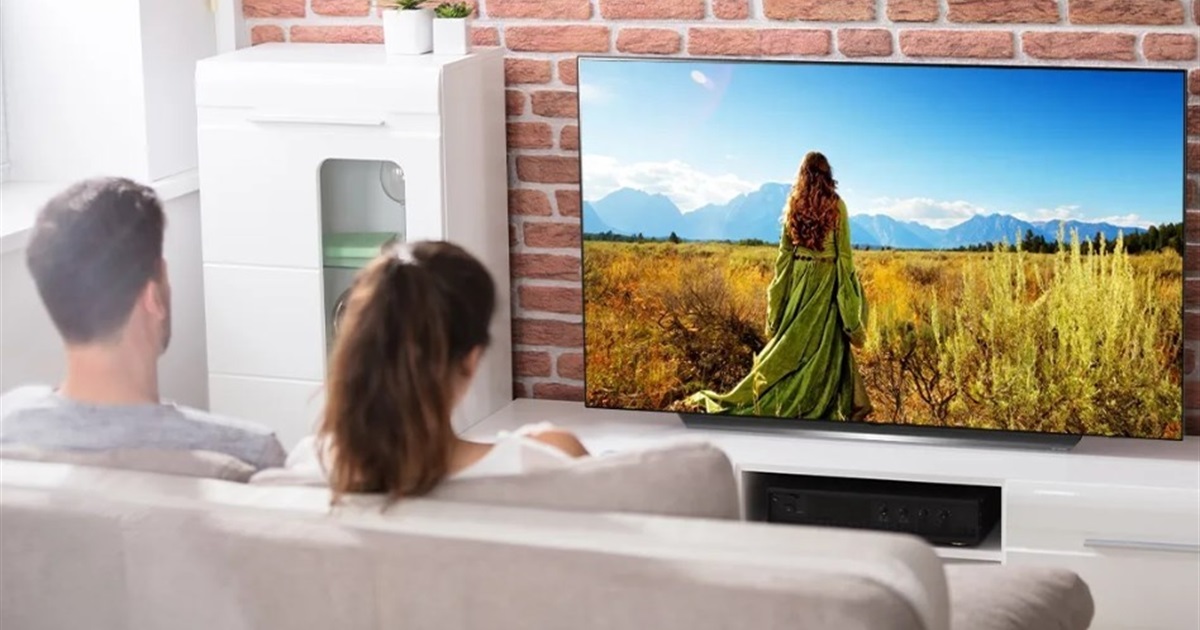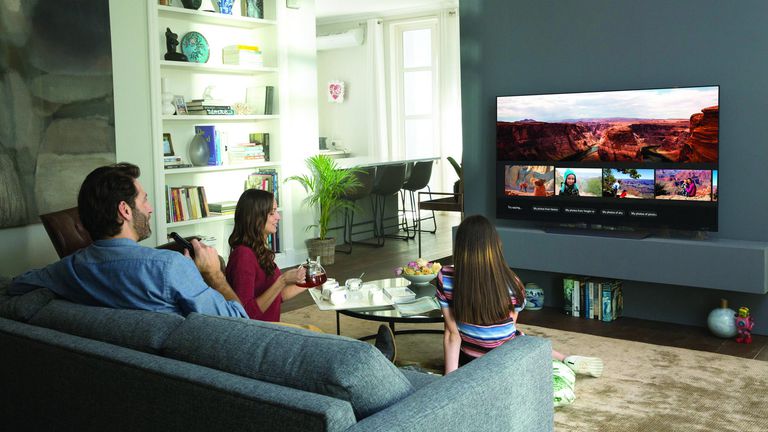In an era where technology evolves at breakneck speed, the way we consume media has transformed dramatically. Gone are the days when families gathered around bulky televisions, tuning into their favorite shows at designated times.
Instead, a new player has emerged on the scene: Smart IPTV. This innovative streaming service promises an array of benefits, bringing a wealth of content directly to our devices, often with unprecedented convenience and flexibility.
But what does this shift mean for viewers accustomed to traditional television? Is the allure of on-demand access and customization worth relinquishing the familiar comforts of old-school broadcasts? In this article, well delve into the key differences between Smart IPTV and traditional television, exploring how each option caters to the diverse tastes and lifestyles of todays audience. Prepare to discover a world where entertainment meets technology, and learn which medium truly deserves your screen time.
Introduction: The Evolution of Television

The landscape of television has undergone a remarkable transformation since its inception in the early 20th century, evolving from a rudimentary box with static images to the dynamic, interactive platforms we enjoy today. Initially, viewers were captivated by the black-and-white flickers that brought news and entertainment into their homes, yet technology relentlessly marched on.
The introduction of color, satellite broadcasting, and cable systems expanded our viewing pleasure, adding new layers and more choices to the television experience. Fast forward to the dawn of the digital age, and we find ourselves amidst a revolutionary shift towards streaming services and Smart IPTV, which not only offer individualized content but also integrate seamlessly with other smart devices. The myriad options now available leave traditional TV in a state of reflection, prompting viewers to reconsider what it means to watch television in a time when content is just a click away.
As we explore the striking differences between Smart IPTV and traditional TV, it becomes clear that this evolution is not merely about technology but about reshaping how we connect with stories and each other in an increasingly digital world.
What is Smart IPTV?

Smart IPTV, a revolutionary advancement in the realm of television viewing, seamlessly merges internet connectivity with traditional broadcasting to offer viewers an all-encompassing multimedia experience. Imagine accessing a world of content at your fingertips—streams of movies, shows, and live broadcasts, all delivered through your internet connection.
Gone are the days of fixed programming schedules; instead, Smart IPTV allows for on-demand viewing across various compatible devices. Whether its catching up on your favorite series or discovering niche films, the capability to personalize your viewing experience transforms passive consumption into an interactive journey.
Unlike traditional TV, where channels are limited and dictated by networks, Smart IPTV opens a dynamic portal to countless options, catering to diverse tastes and preferences. This blend of flexibility and choice places control squarely in the hands of viewers, marking a significant shift in how we engage with entertainment.
Understanding Traditional TV
Understanding Traditional TV involves delving into a long-standing medium that has shaped the way we consume entertainment for decades. Traditional television, with its expansive array of broadcasting channels, relies on analog or digital signals transmitted via satellites, cable systems, or antennas.
This approach, while reliable, can sometimes feel restrictive with set programming schedules and a limited selection of channels that viewers must navigate. Imagine flipping through channels only to find reruns or unpopular shows; the experience can often lead to frustration.
Yet, traditional TV offers a certain familiarity: the thrill of live broadcasts, the communal feeling of watching major events together, and the predictable routine of favorite shows airing at specific times. In this constantly evolving landscape of media consumption, it’s essential to appreciate the comfort that traditional TV has provided—while also recognizing the limitations that have driven audiences toward more flexible alternatives, such as Smart IPTV.
Conclusion

In conclusion, the evolution of television viewing is marked by the emergence of smart IPTV, which offers a more flexible and interactive experience compared to traditional TV methods. While traditional TV relies on cable subscriptions and fixed programming schedules, smart IPTV provides a diverse range of content accessible anytime and anywhere, catering to the on-demand preferences of modern viewers.
This shift not only reflects changing consumer habits but also highlights the importance of adaptability in the entertainment industry. As technology continues to advance, the choice between smart IPTV and traditional TV becomes more about personal preference, emphasizing the need for viewers to find the option that best suits their lifestyle and viewing habits.


